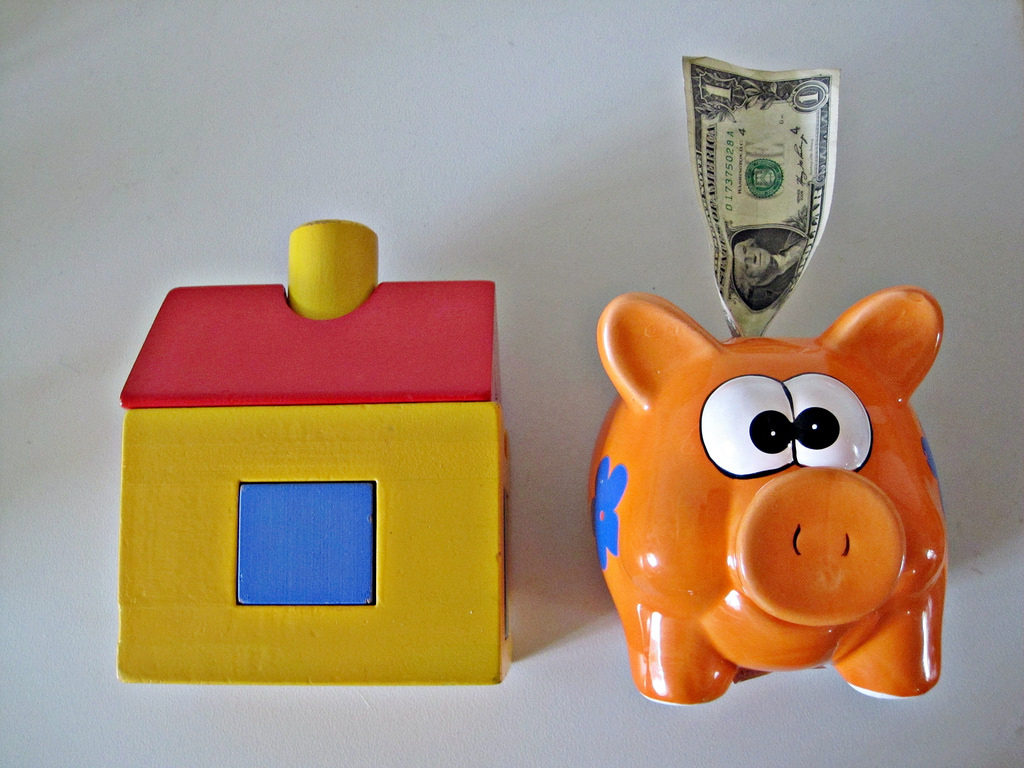How To Live Big On Less
There is a surprising trend in living today which has facilitated a marked decrease in traditional residential expenses. You may have seen this in several forms. There’s the “tiny home” movement, and there’s also the “van-dwelling” movement. Both of these solutions make it possible for people to cut basic expenses while retaining comfort.
But something many don’t realize is that the cost of what have become “conventional” living arrangements of the “tiny home” variety can get big quick. It’s almost better to source your own construction materials for a tiny home and go from there. To that end, there are quite a few options available today which are both cost-effective and eco-friendly.
Green Steel
Consider steel, first and foremost. Steel is a green building material, and it’s cost-effective. Plus, it is being configured into prefabricated living solutions today which make it possible for you to build a home incredibly cheaply, and even see an increase in property value over time if you strategize correctly.
Solar panels can raise the value of a property $15k or more. That wouldn’t matter much, except you can get a 10,000-Watt system installed for around $7k, if you source the right solar panels. When you consider that prefabricated structures go for between $10 and $20 per square foot, you begin to see the possibilities.
A four-hundred square foot home would cost you approximately $4k to $8k in construction expenses. Add on a 10,000-Watt solar system for $7k, that means even at the “high” rate of $20 per square foot, you’ve got a property that cost as much as the solar panels add in value. You spent $8k building it, $7k putting on solar panels.

If such a solar system brings a minimum of $15k in value, then you’ve got a structure plus an energy system. This means if you do a good enough job building the prefab, you can sell it for more than it cost you to make it, allowing you to invest in a more extensively-designed property.
But resale value isn’t the only reason to install solar panels on a pre-fab structure. You’ve also got sustainability to consider, and the value of off-grid living. It’s possible to find a decent wind-generating solution for around $5k. Throw one of those and a fireplace into your new living arrangement, you’re looking at around $20k.
The Bigger Picture
$20k is nothing in the big scheme of things. If you can afford to put $10k a year into such a solution and finance the rest, you’ll be out of the financial commitment within five years’ time, easy. Outfit the inside with the right insulation, make it look homey, you’ve got a piece of property under your belt as well as a living space.
But you don’t have to use a prefabricated structure as a living arrangement solely. There are quite a broad variety of uses such structures make possible. Whether you need a storage shed, a workshop, a “man cave”, or a hangar for an airplane (because there are no supporting struts necessary in a prefab), you can find solutions going this route.

AmericanSteelSpan.com provides this metal plane hangar, an easy-to-build solution; just look at what they’ve got to say about it: “Prefabricated metal airplane hangars are meticulously engineered for easy construction.” You could purchase a hangar for a plane, or even turn it into a property that becomes valuable as you enhance it.
If you’ve decided metal buildings in West Virginia are the best cost-effective solution to try, you can find quite a variety of affordable living options. Make a few calls, do a little web-surfing; see if there’s anything that speaks to you. You may just find a solution better than you could have expected.


